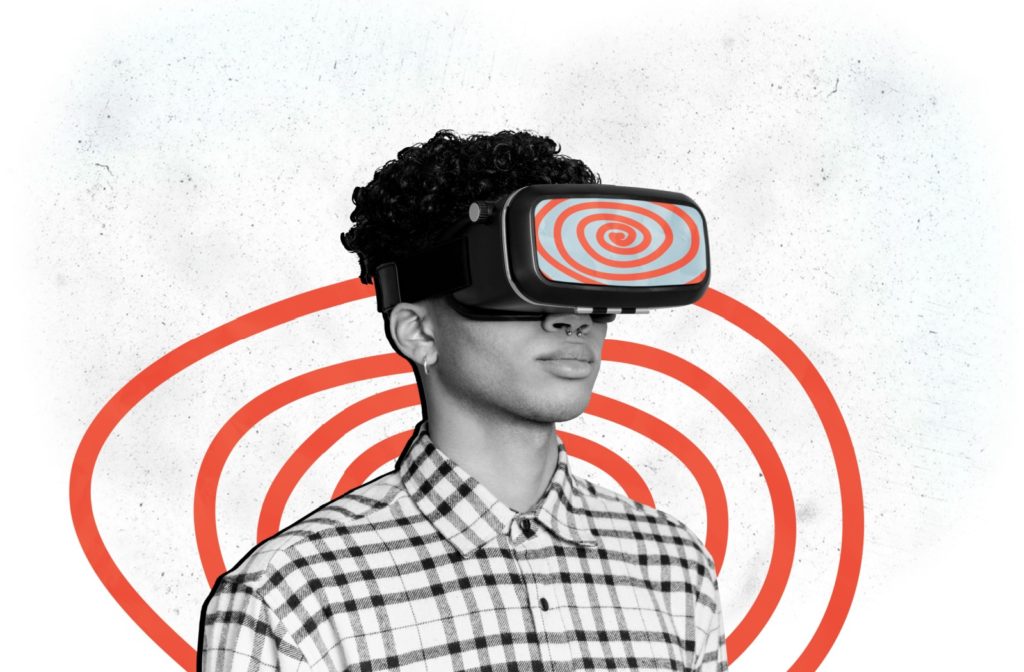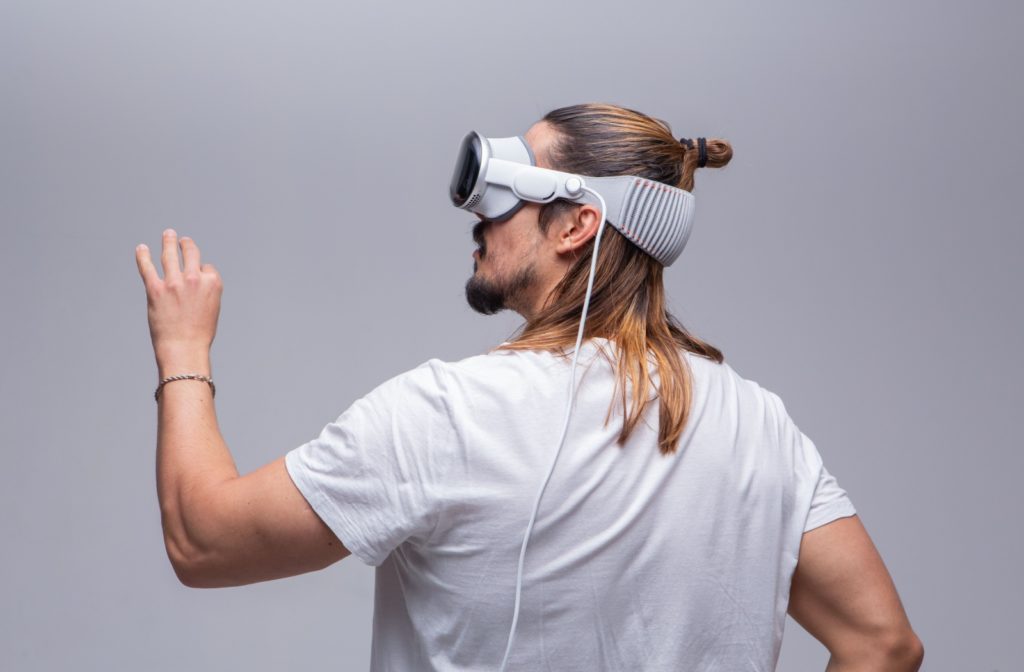Virtual Reality (VR) has rapidly transitioned from being the stuff of science fiction to a tangible part of our everyday lives. With applications ranging from gaming to virtual meetings and educational tools, VR is shaping how we interact with digital content. However, as with any new technology, it brings with it questions about potential eye health implications. For those passionate about tech and mindful of their health, a common concern arises: Is VR bad for your eyes?
For tech enthusiasts and health-conscious individuals, the intersection of cutting-edge technology and well-being is always a topic of interest. While VR does pose some risks of eye strain and related discomfort, following best practices can help mitigate these effects.
Understanding VR Technology
Before we dive into the potential impact on eye health, let’s briefly understand how VR technology works. Virtual Reality (VR) headsets employ advanced stereoscopic displays to create an illusion of depth, making two-dimensional images appear convincingly three-dimensional.
The technology uses specialized lenses to focus images from slightly different angles for each eye, tricking your brain into perceiving depth and a sense of spatial awareness. This immersive experience is what makes VR so compelling—and why it’s essential to consider its effects on our vision.
By mimicking how our eyes naturally perceive the world, VR can transport users to entirely new environments, from exploring distant planets to simulating complex real-world scenarios. While this opens up vast possibilities for entertainment and education, understanding its impact on eye health becomes crucial as we continue to integrate VR into daily life.
Common Concerns About VR and Eye Health
1. Eye Strain and Fatigue
One of the most immediate concerns about prolonged VR use is eye strain. Known scientifically as “asthenopia,” eye strain occurs when the eyes get fatigued from intense use. Symptoms can include headaches, blurred vision, and eye discomfort. The condition can be exacerbated by the need to repeatedly adjust focus when using VR, as the eyes must constantly work to align with the images presented by the headset.
2. Blue Light Exposure
Like other digital screens, VR headsets emit blue light, which has been associated with eye strain and discomfort. There is a growing body of research suggesting prolonged exposure to blue light can potentially disrupt sleep patterns. There is also some potential suggestion that blue light may contribute to digital eye strain, though evidence is currently minimal at best.
3. Binocular Vision Discomfort
The design of VR systems encourages the use of binocular vision—where both eyes are used together—to create a single visual experience. Some users may experience discomfort because the convergence (alignment of both eyes to view a single point) and focusing (adjusting the lens of the eye to see detail) mechanisms do not always match naturally, causing a visual conflict known as the “vergence-accommodation conflict“. This can lead to visual discomfort and fatigue.
What the Research Says
While concerns exist about the effect of VR on users’ eyes, current research offers a nuanced view. One study reports that, although short-term effects like eye strain are possible with prolonged VR use, there is currently no evidence of long-term damage to vision. Researchers that explore the effects of VR on eye health do acknowledge that individual experiences vary significantly, and factors such as the headset quality, usage duration, and individual susceptibility all play a role.

Tips for Reducing Eye Strain in VR
1. Take Regular Breaks
The 20-20-20 rule is a simple guideline to follow while using VR. Every 20 minutes, take a 20-second break to look at something 20 feet away. This helps reset your eyes’ focus and reduce strain.
2. Optimize Your Environment
Ensure you’re using VR in a well-lit room to minimize the contrast between the screen and your surroundings. Additionally, adjust the fit of your headset to ensure it’s comfortable and aligns properly with your eyes.
3. Limit Blue Light Exposure
Consider using VR headsets with built-in blue light filters or wearing blue light-blocking glasses while engaging with VR content. This can help mitigate the potential effects of blue light exposure.
4. Monitor Your Usage Time
Being mindful of how long you’re immersed in VR is crucial. Try to limit continuous VR usage to sessions of 30 minutes or less, particularly if you’re prone to eye strain.
5. Ensure Proper Calibration
Properly calibrate your VR headset according to the manufacturer’s instructions. A poorly adjusted headset can contribute to unnecessary eye strain and discomfort.
Would You Consider Using VR?
Ultimately, the way we interact with technology is personal, and it’s essential to listen to your body and respond to any signs of discomfort. If symptoms persist, contact us at Rancho Santa Margarita Optometry, and we can provide further guidance tailored to your individual needs.
The world of VR is full of exciting opportunities, and by staying informed and proactive, you can enjoy the benefits of this immersive technology while safeguarding your eye health.


